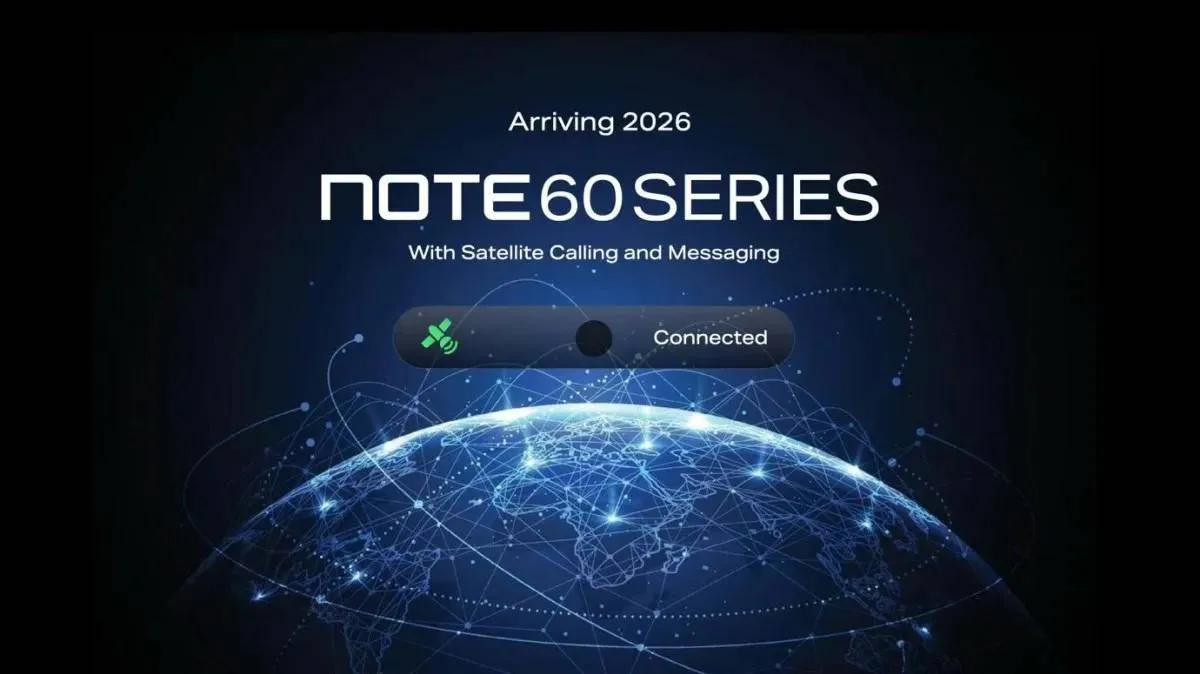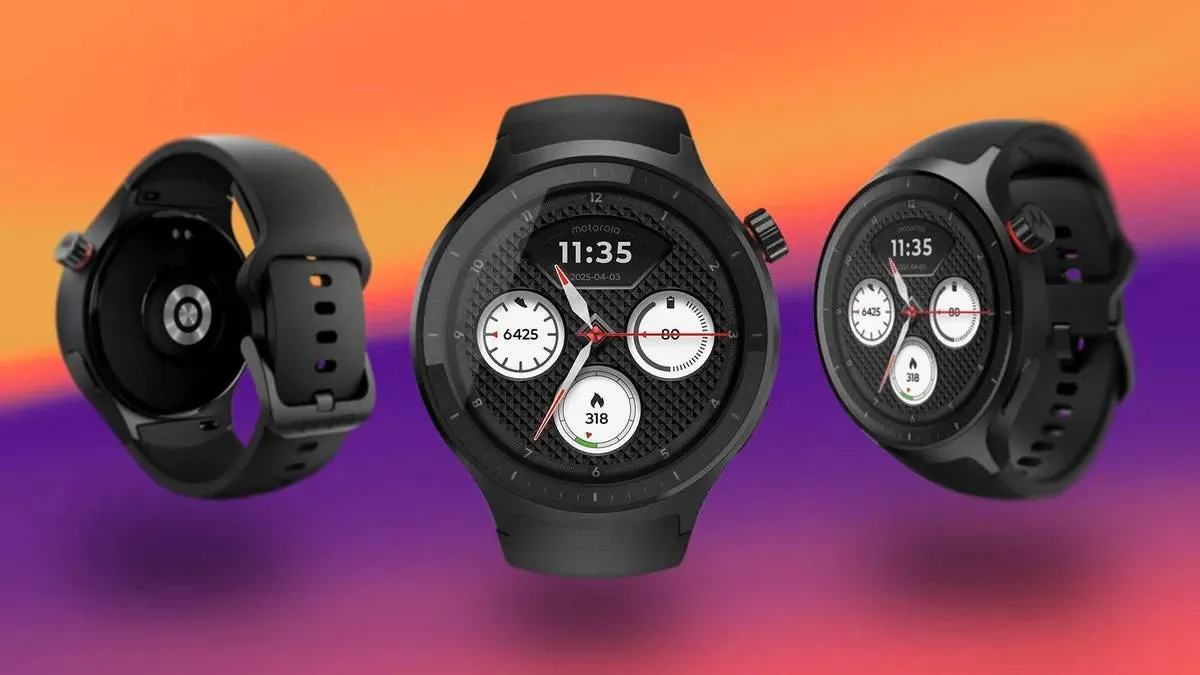Seamless Data Transfer: Apple and Google Join Forces for Global Data Migration
AppleThursday, 11 July 2024 at 14:27

The European Union (EU) Digital Markets Act (DMA) sets new rules for service providers. These rules aim to ensure that users can easily move their data between different platforms. The DMA Act is strictly against any form of monopoly. Thus, it does not allow big brands to make users have their own platform as the only option. Thus, whether it is payment or data transfer, the DMA Act wants users to have multiple options and make a choice. For this reason, Apple and Google brings a seamless data transfer option.

Background of the Digital Markets Act
Simply put, the Digital Markets Act (DMA) by the EU aims to create a fair digital space. It requires service providers to ensure data portability. This means users should be able to move their data freely between platforms. The goal is to prevent companies from confining users to their ecosystems and to promote fair competition.
Apple and Google Collaboration
A New Migration Tool
In response to the DMA, Apple and Google have developed a migration tool. This tool simplifies the process of moving photos and videos between iCloud and Google Photos. Users no longer need to download files to their devices and then upload them again. Instead, the migration happens directly between the cloud services.
Key Features of the Migration Tool
Easy Transfer Process
The new seamless data transfer feature allows users to transfer their photos and videos without downloading them. This direct transfer makes the process quicker and easier for users.
Global Availability
While this feature complies with the EU’s DMA, it is available to users worldwide. This ensures that all users can benefit from the seamless transfer process, regardless of their location.
Detailed Transfer Process
Duration of Transfer
The time it takes to transfer files depends on the size of the photos and videos. It can take anywhere from a few minutes to many hours to complete the transfer. This ensures that all files are moved correctly and securely.
Types of Files
Only photo and video files can be transferred to iCloud Photos. Other file types, such as Motion Photos, Live Photos, or Memories, will not be transferred. Photos and video files, including RAW files, that cannot be transferred to iCloud Photos will be moved to iCloud Drive.

Resolution of Files
Photos and videos will be transferred at the export resolution provided by Google. This ensures that the quality of the files is maintained during the transfer process.
Notes and Limitations
Files Retained in Original Service
Photos and videos that users transfer from Google Photos to iCloud Photos will not be deleted from Google Photos. This means that users will have a copy of their files in both services. This also offers an extra layer of security.
Limitations on File Types
At the moment, users can only transfer photo and video files to iCloud Photos. Other filed such as Motion Photos, Live Photos, or Memories will not transfer. However, users can transfer other types of files to iCloud Drive. This ensures that users can still access their files, even if they cannot be transferred to the photo service.
Benefits for Users
This new feature offers a handy and swift way for users to shift their photos and videos. By skipping the need to download and re - upload files, the transfer process is much simpler and faster.
The collaboration between Apple and Google enhances data mobility. Users are no longer confined to one system and can effortlessly move their data between different services.

Implications for the Industry
This collaboration demonstrates that major tech firms are ready to comply with new rules. By creating this shift tool, Apple and Google showcase their dedication to user rights and data mobility.
The ability to move data smoothly between various services can boost competition. Users are less likely to get stuck in a single system, encouraging companies to enhance their services to keep clients. This promotes a more competitive and user-centered digital environment.
Although initially mandated by the European Union, this feature's availability extends beyond Europe's limits. Users worldwide will benefit from improved accessibility and fairness in mobile payments and data management.
This global rollout ensures that users everywhere can benefit from enhanced data transfer options. By offering this service globally, Apple and Google promote greater inclusivity and competitiveness in the digital space.
The introduction of seamless data transfer capabilities represents a significant technological advancement. It showcases the industry's ability to innovate and adapt to meet evolving user needs and regulatory requirements.
By prioritizing user convenience and data portability, Apple and Google set a new standard for user-centric innovation. This move not only enhances user experience but also encourages other tech companies to prioritize similar initiatives.
Conclusion
The partnership between Apple and Google to create a new migration tool is a huge step forward in data portability. This tool, developed in response to the EU’s Digital Markets Act (DMA), allows users to transfer their photos and videos between iCloud and Google Photos with ease. By providing a seamless and efficient transfer process, this feature benefits users worldwide. It also demonstrates the commitment of major tech companies to comply with regulations and promote fair competition in the digital space.
With this new tool, users can enjoy the freedom to move their data between different platforms without the hassle of downloading and re-uploading files. This not only enhances convenience but also ensures that users do not have just a single option. As a result, the collaboration between Apple and Google sets a positive example for the industry, highlighting the importance of data portability and user rights.
Loading






